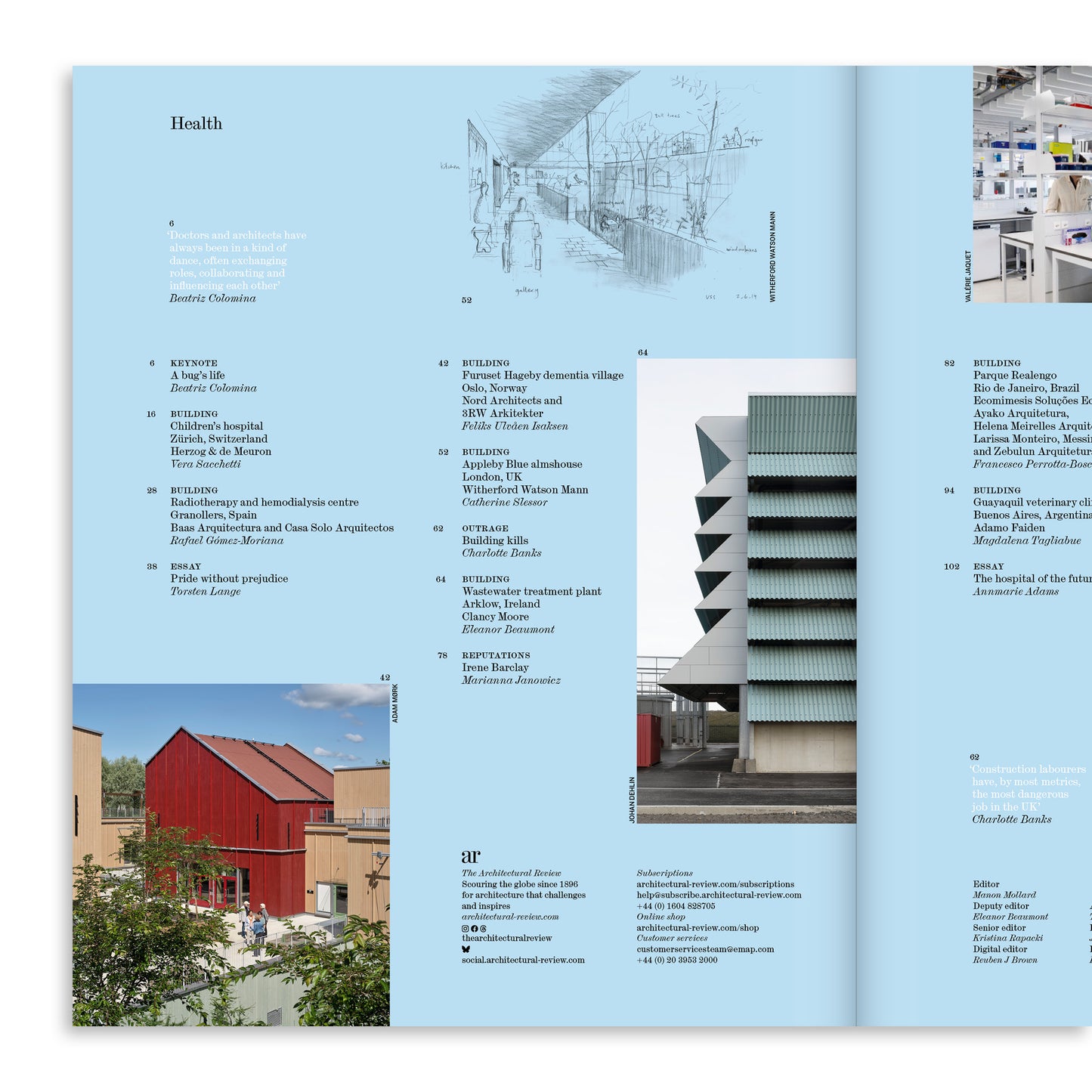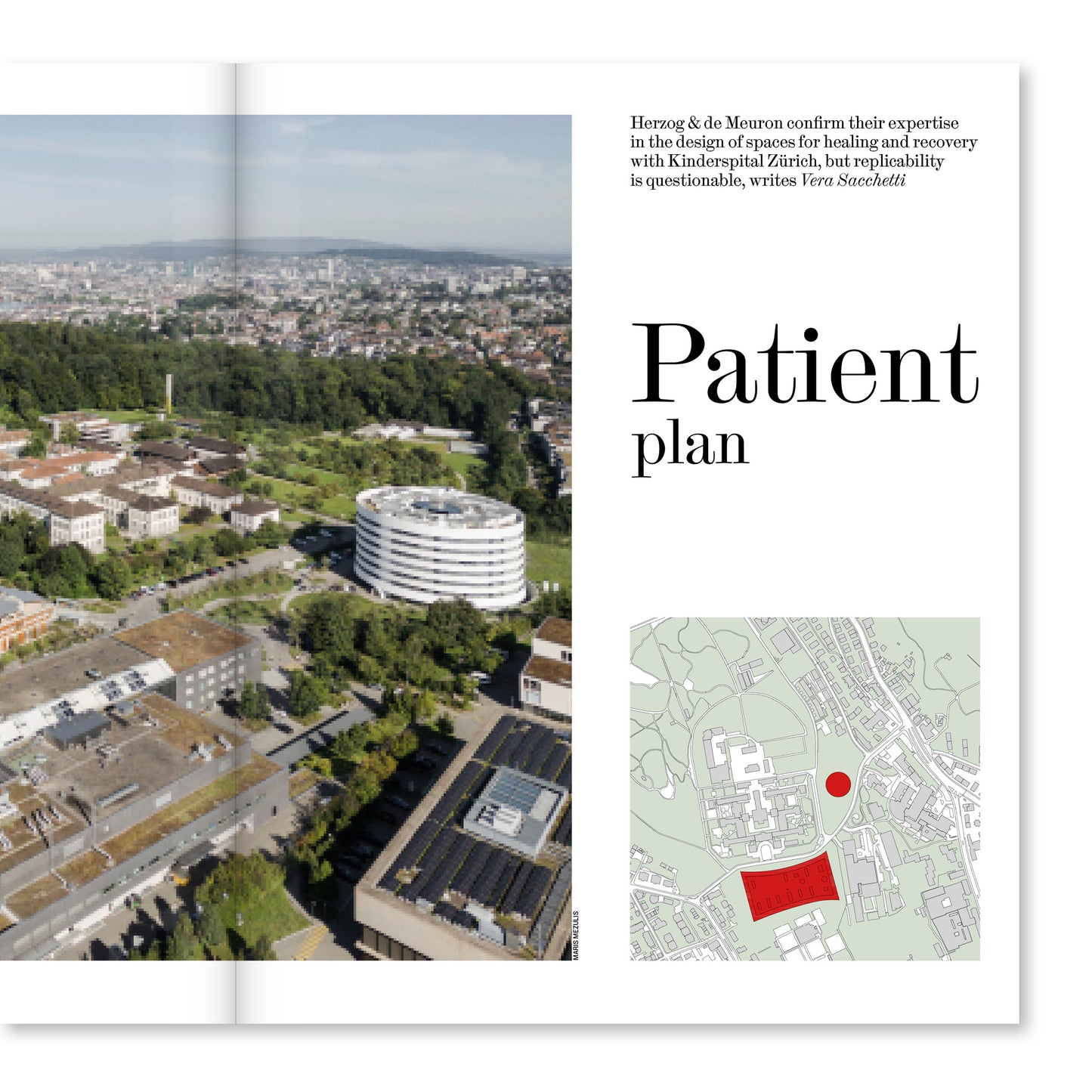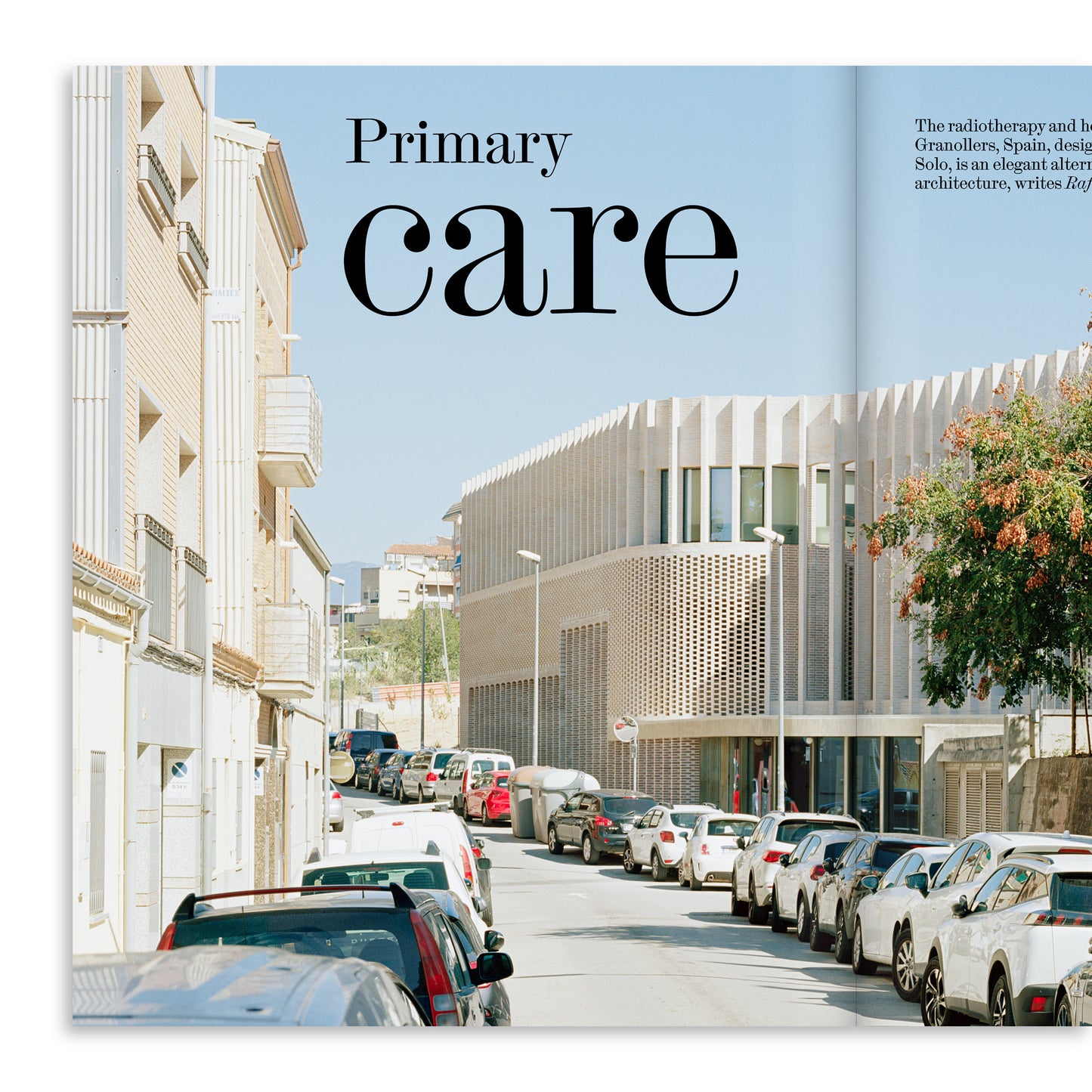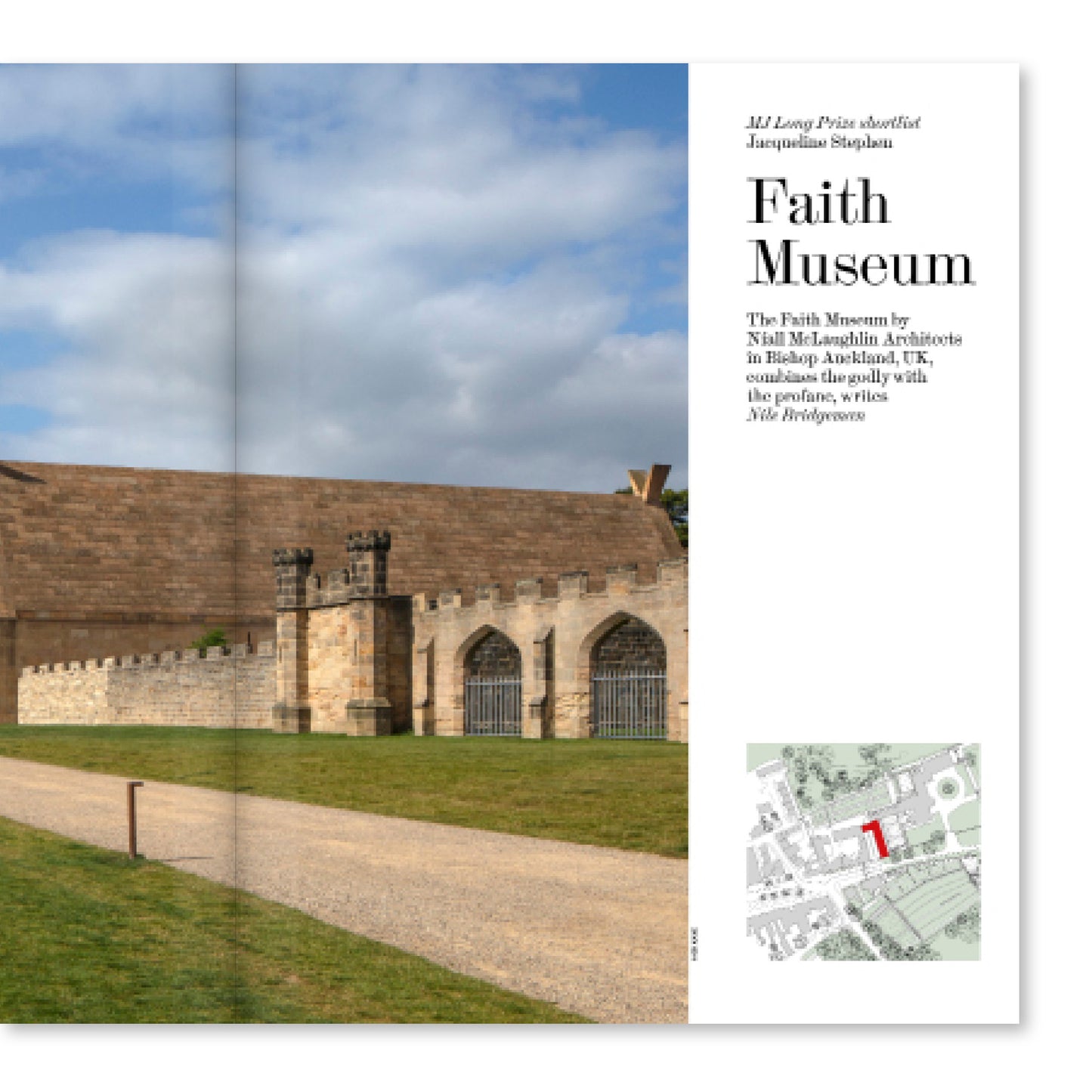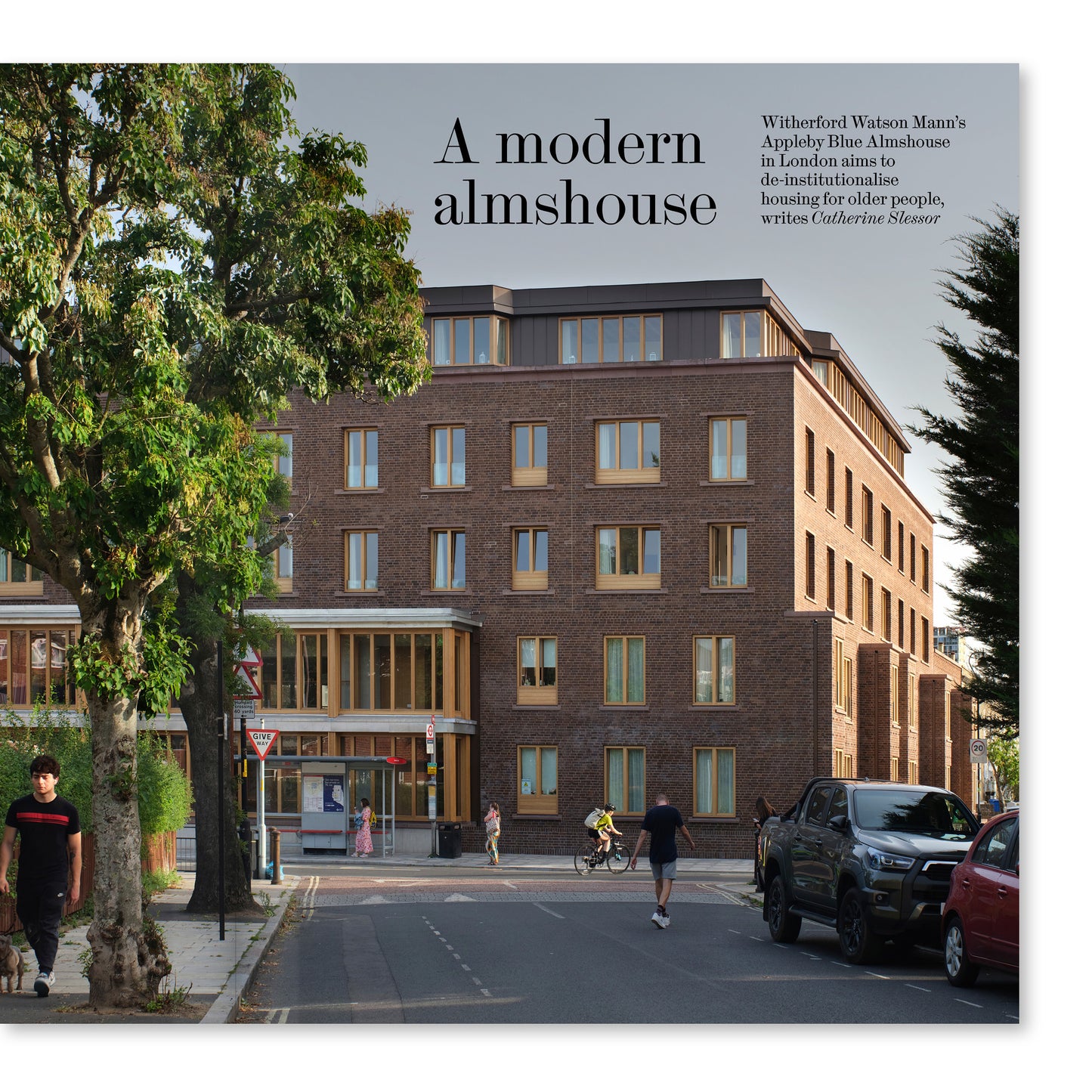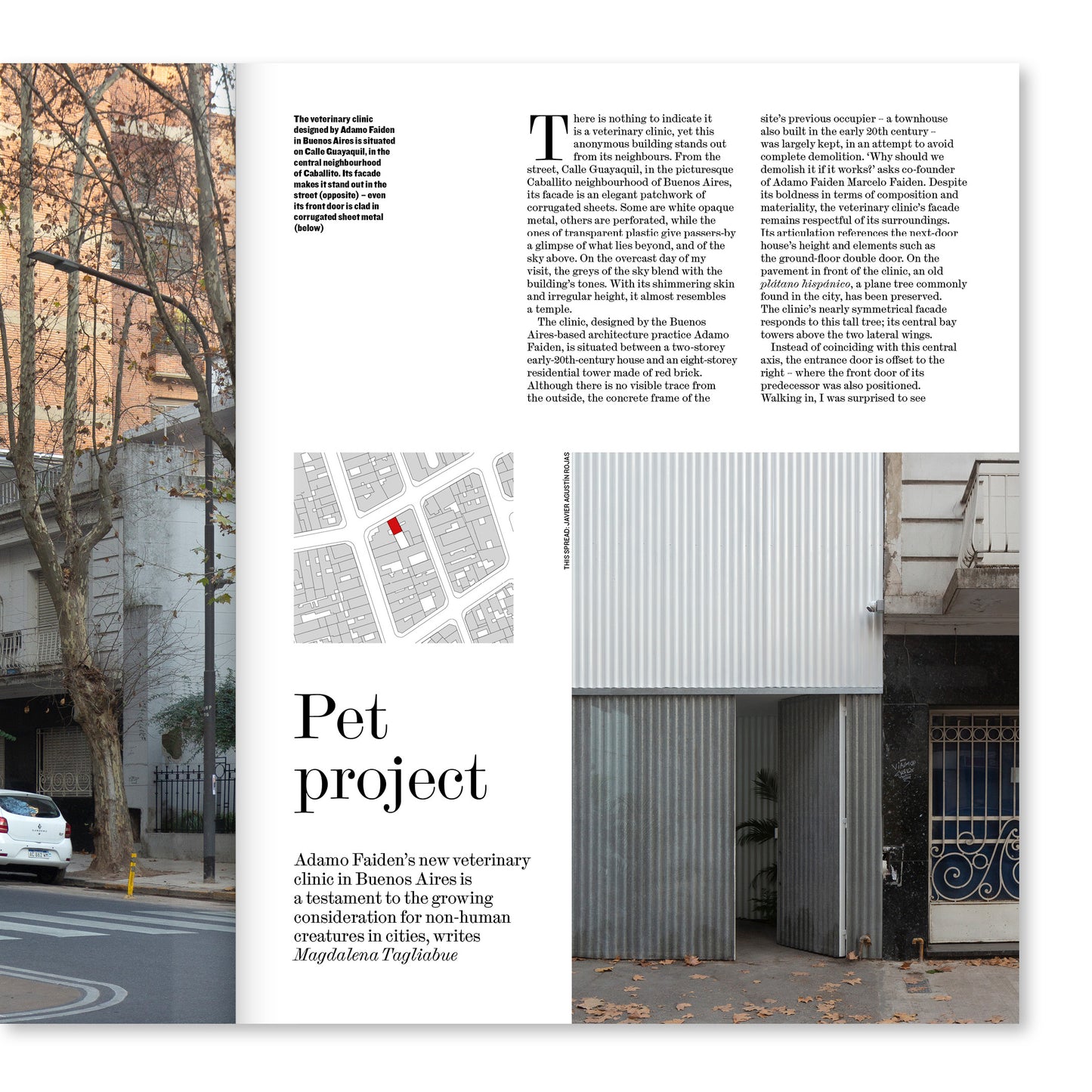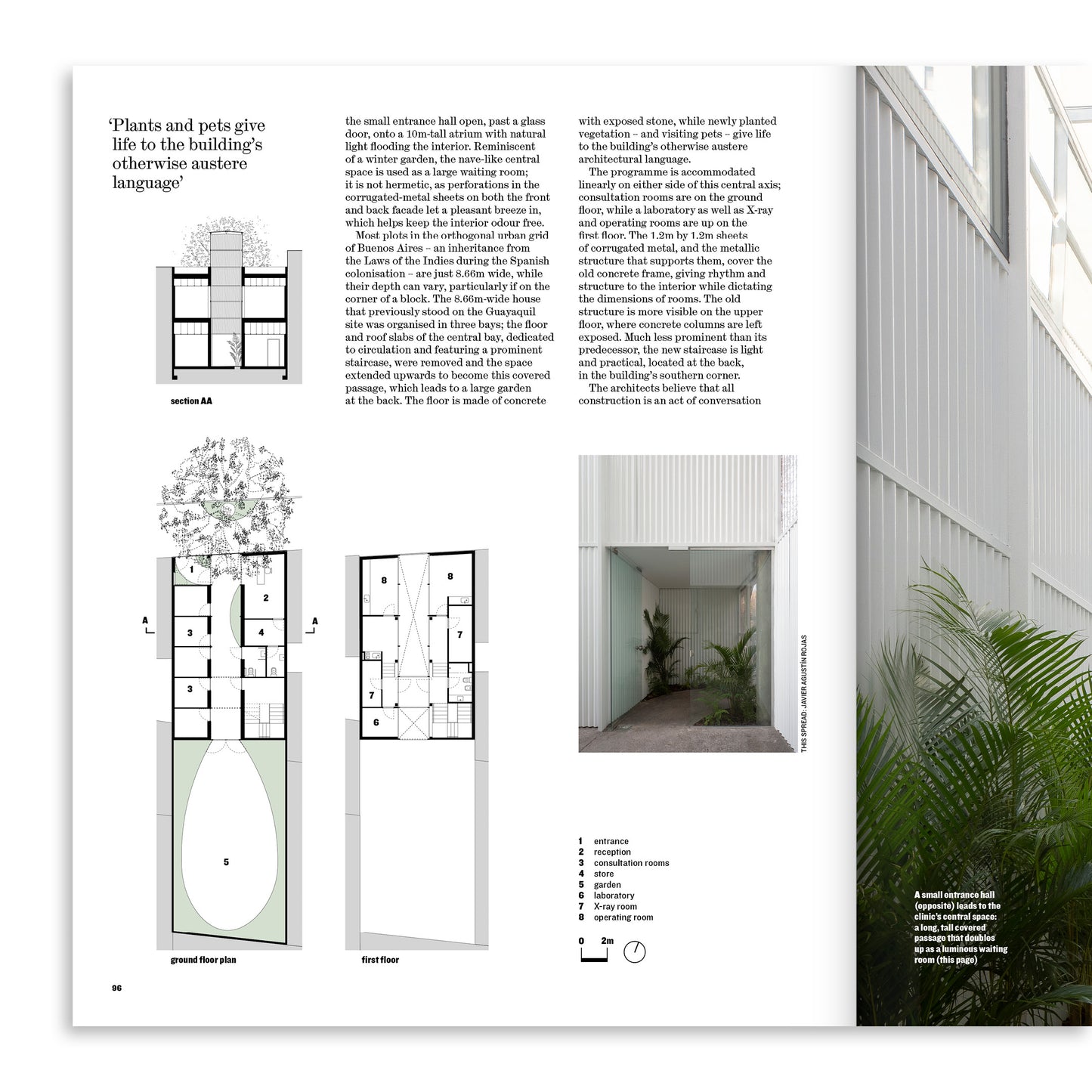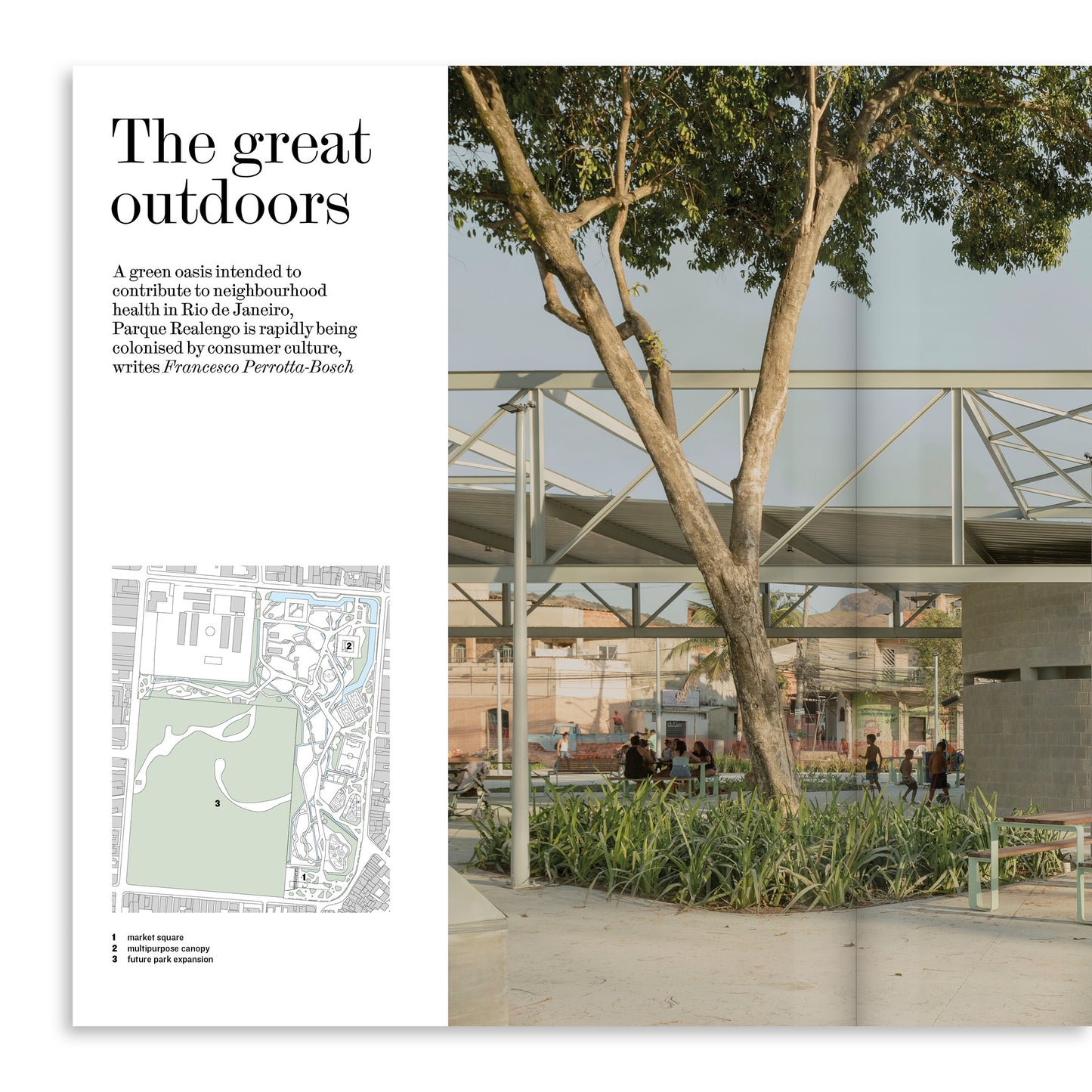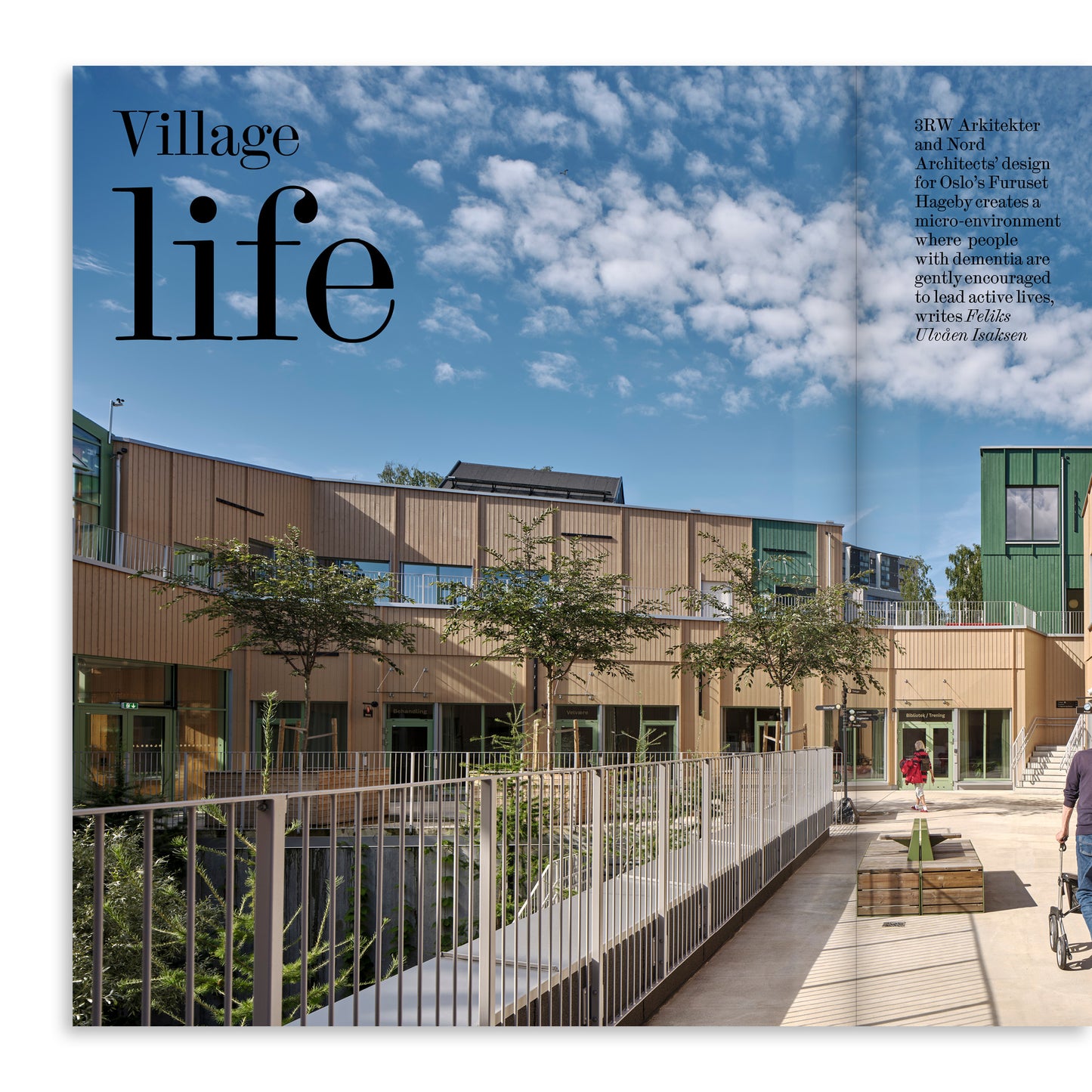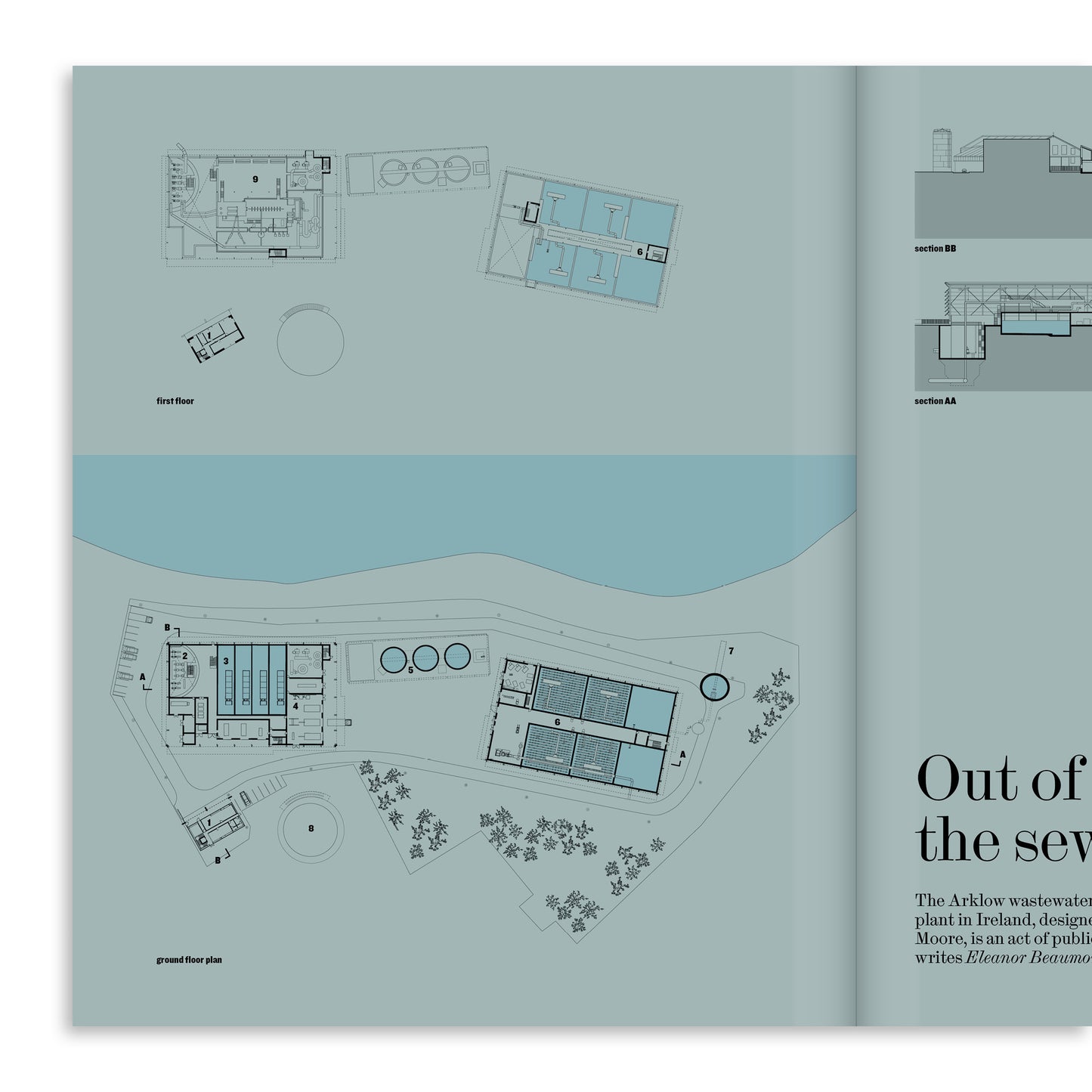Health: The Architectural Review 1520, April 2025
Health: The Architectural Review 1520, April 2025
Couldn't load pickup availability
Orders will be processed from 1 April 2025
For most of us, life begins in a hospital and is likely to end in a medical facility too. We visit hospitals during our lives – if not for a broken arm or surgery, then for an unwell loved one.
The most impressive new hospital buildings, such as Herzog & de Meuron’s new Kinderspital Zürich, are typically built in wealthy urban centres, and their replicability is questionable. In Catalonia, the public healthcare system has been commissioning primary care centres in the region’s smaller towns to improve proximity to facilities while alleviating pressure on the larger complexes.
Hospitals and other medical facilities are not the only architectures of health. Interwar social housing advocate Irene Barclay identified ‘houses that are dangerous and injurious to health’ in her reports of London’s so-called slums. In Rio de Janeiro, the municipality is creating new urban parks so that deprived communities may escape the heat to exercise and socialise. For the first time in a century, the water of Ireland’s Avoca River is running clear, due to a new treatment plant designed by Clancy Moore.
A healthy building supports human life, as well as other living organisms, argues Beatriz Colomina in her keynote. This is not restricted to architecture’s end users but those who build it too. UK construction workers died at a greater rate than nurses in 2020, Charlotte Banks writes. It is a stark reminder that, even at the height of the Covid-19 pandemic, the building industry will value profit over human health unless continually and tirelessly checked.
Share

